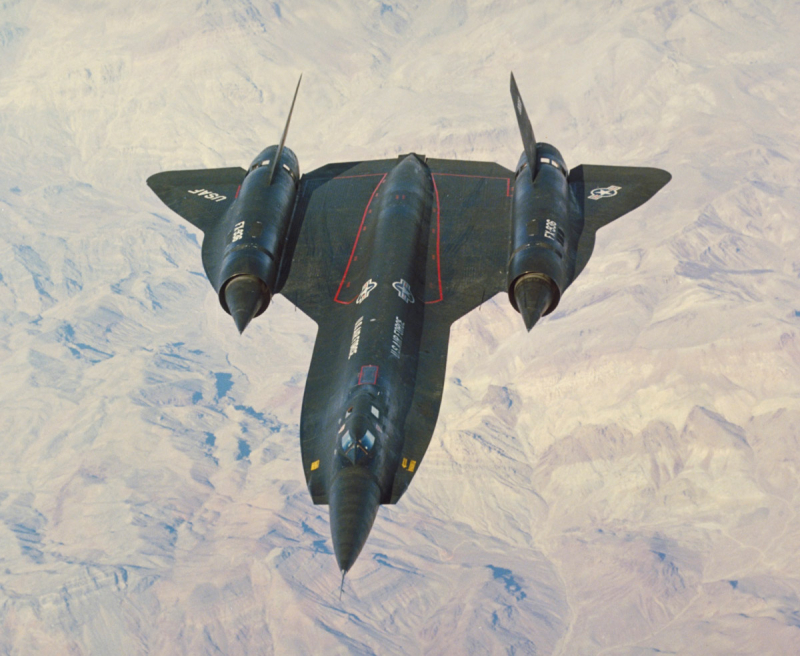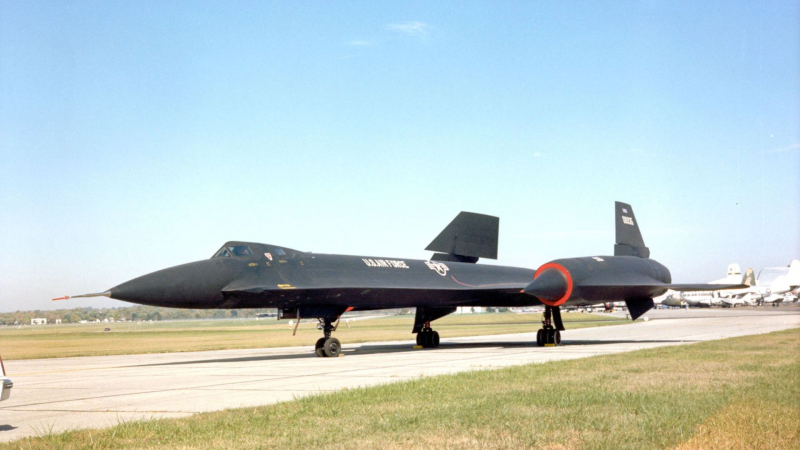Lockheed YF-12

In the 1960s, the YF-12 was designed as a high-altitude, Mach 3 interceptor to counter supersonic bombers. The YF-12A, based on the A-12 reconnaissance aircraft, became the forerunner of the sophisticated SR-71 strategic reconnaissance aircraft.
The first of three YF-12s took to the skies in August 1963. The first and third YF-12s broke several records in May 1965, including a speed record of 2,070.101 mph and an altitude record of 80,257.65 feet. Col. Robert L. "Fox" Stephens (pilot) and Lt. Col. Daniel Andre (fire control officer) received the Thompson Trophy in 1965 for their speed record flight.
Despite the F-12 interceptor program coming to an end in early 1968, the aircraft functioned admirably. The cancellation was a result of several factors, including high expenditures, the ongoing war in Southeast Asia, and a lesser priority given by the US to air defense.
For a collaborative USAF/NASA examination of supersonic cruise technology, the aircraft on display - the second one made - was returned from storage in 1969. It was transported to the museum in 1979 and is the only YF-12A still in existence (the first YF-12A was damaged beyond repair after a landing mishap, and the third YF-12A was destroyed after the crew ejected to escape an inflight fire).
Technical Notes
Armament: Three Hughes AIM-47A missiles
Engines: Two Pratt & Whitney J58s of 32,000 lbs. thrust each (with afterburner)
Crew: Two
Range: 2,000+ miles
Service ceiling: Above 80,000 feet
Weight: 127,000 lbs. loaded
Maximum speed: Mach 3+











